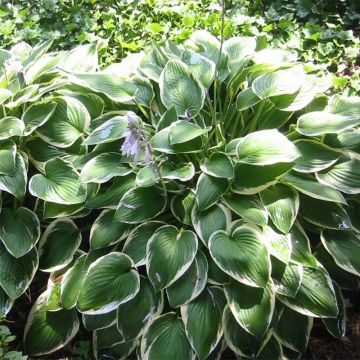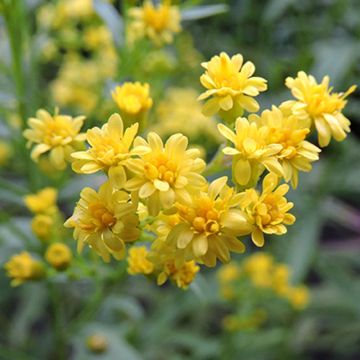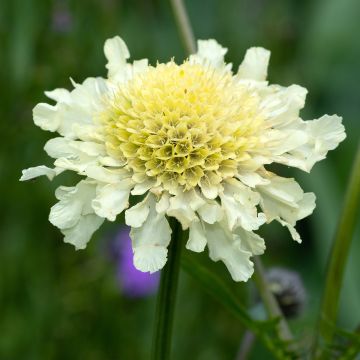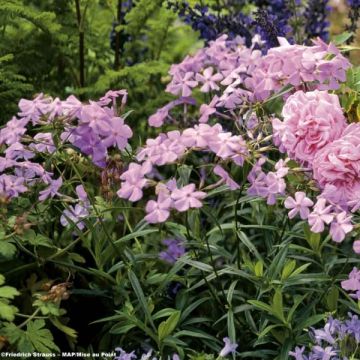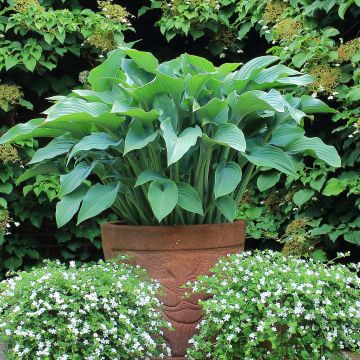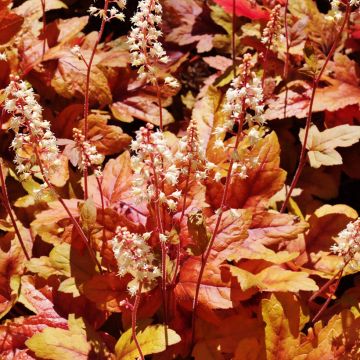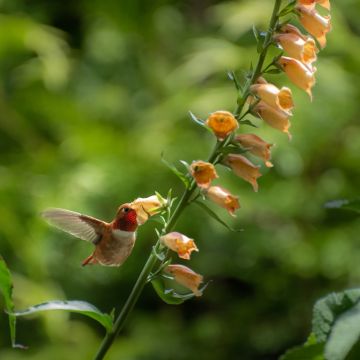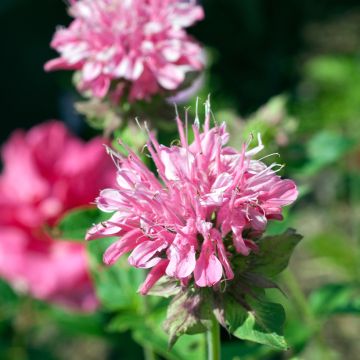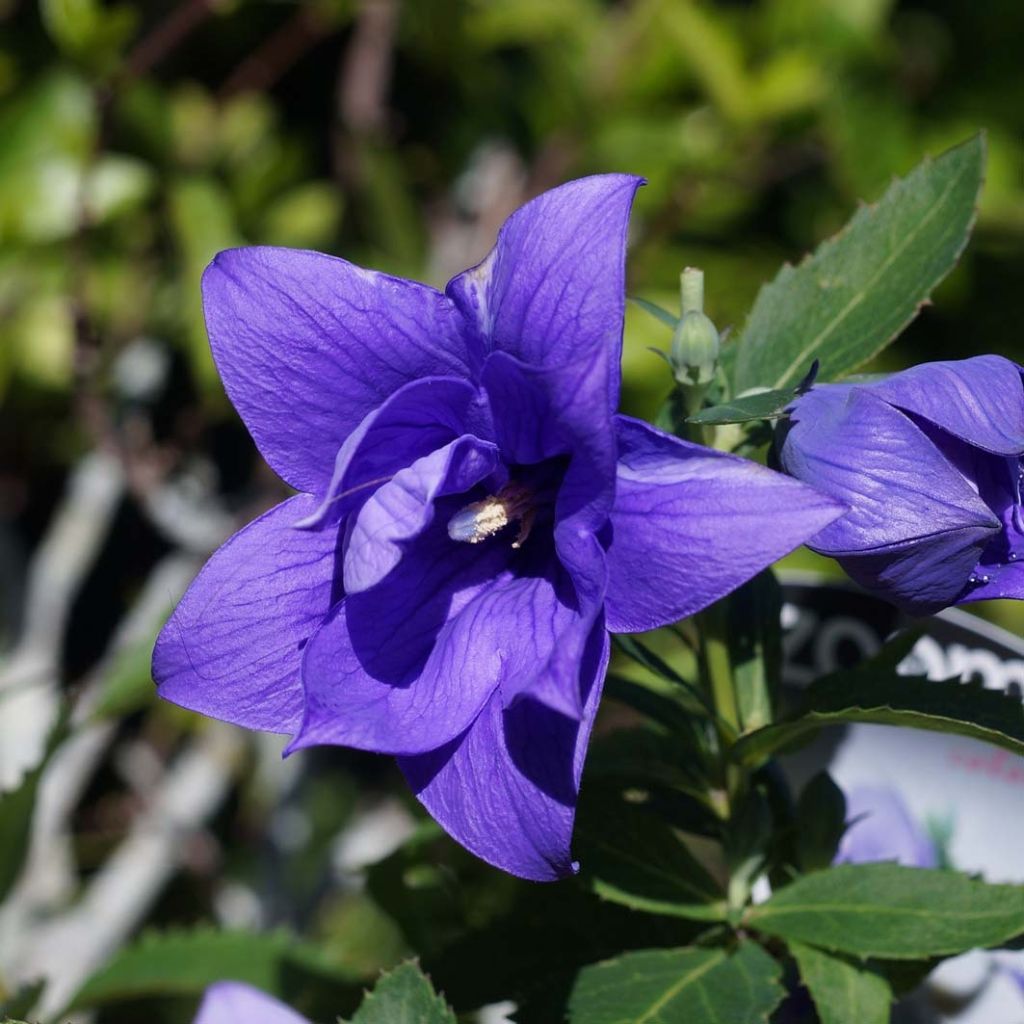

Platycodon grandiflorus Astra Blue en pot de 2/3 L
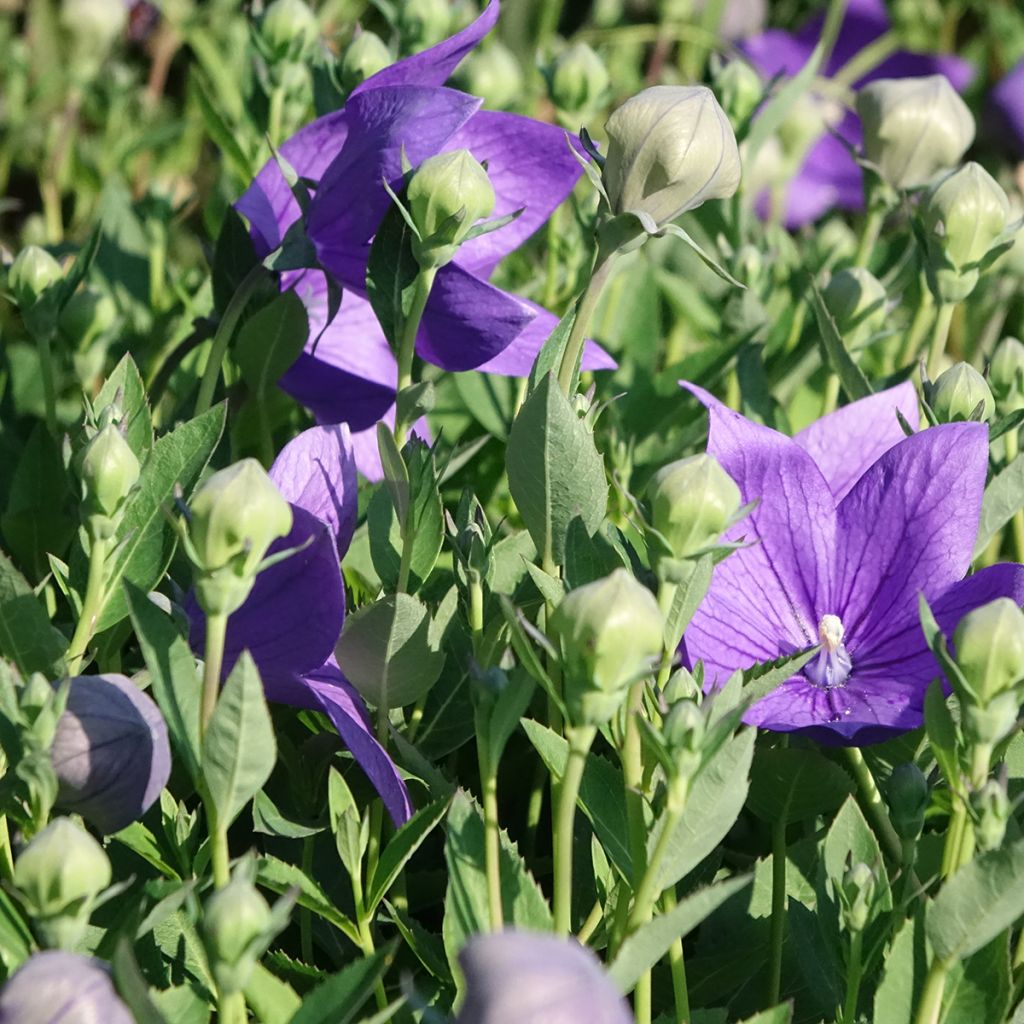

Platycodon grandiflorus Astra Blue
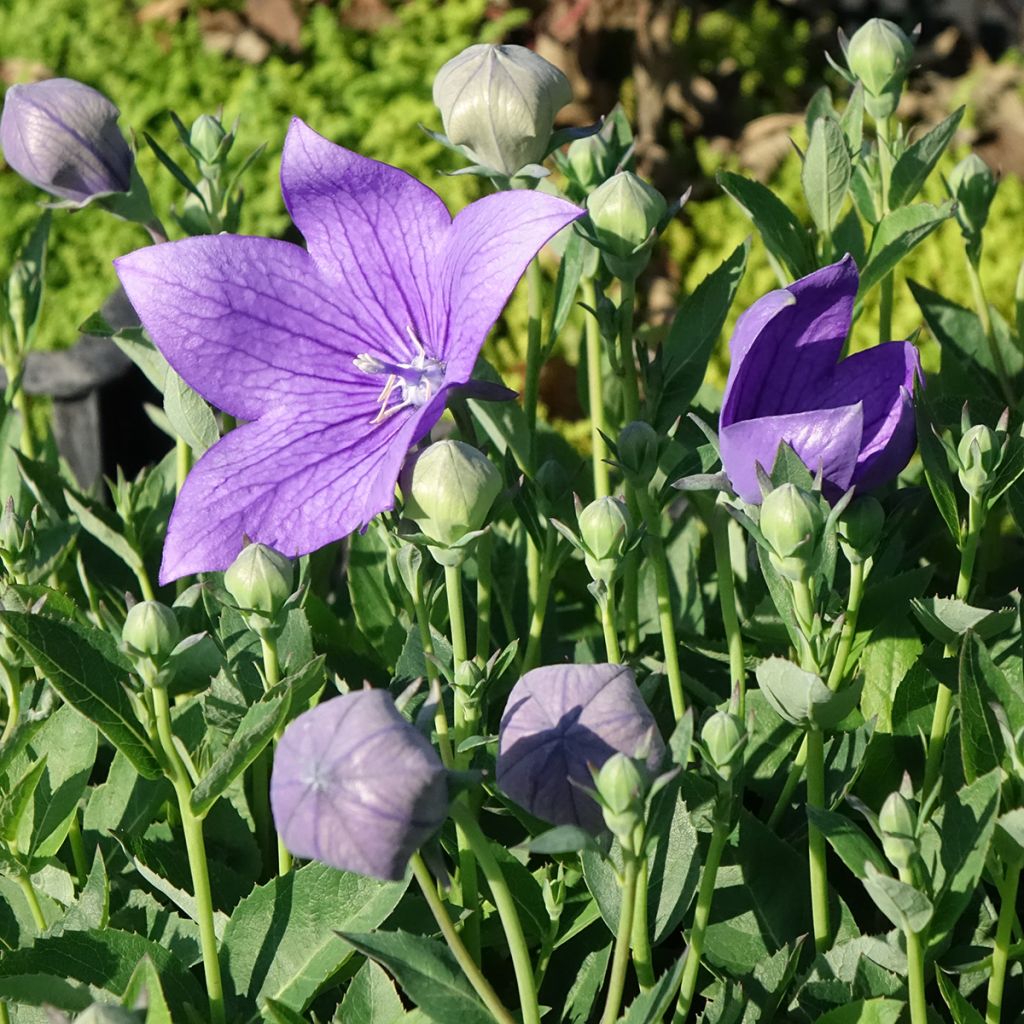

Platycodon grandiflorus Astra Blue
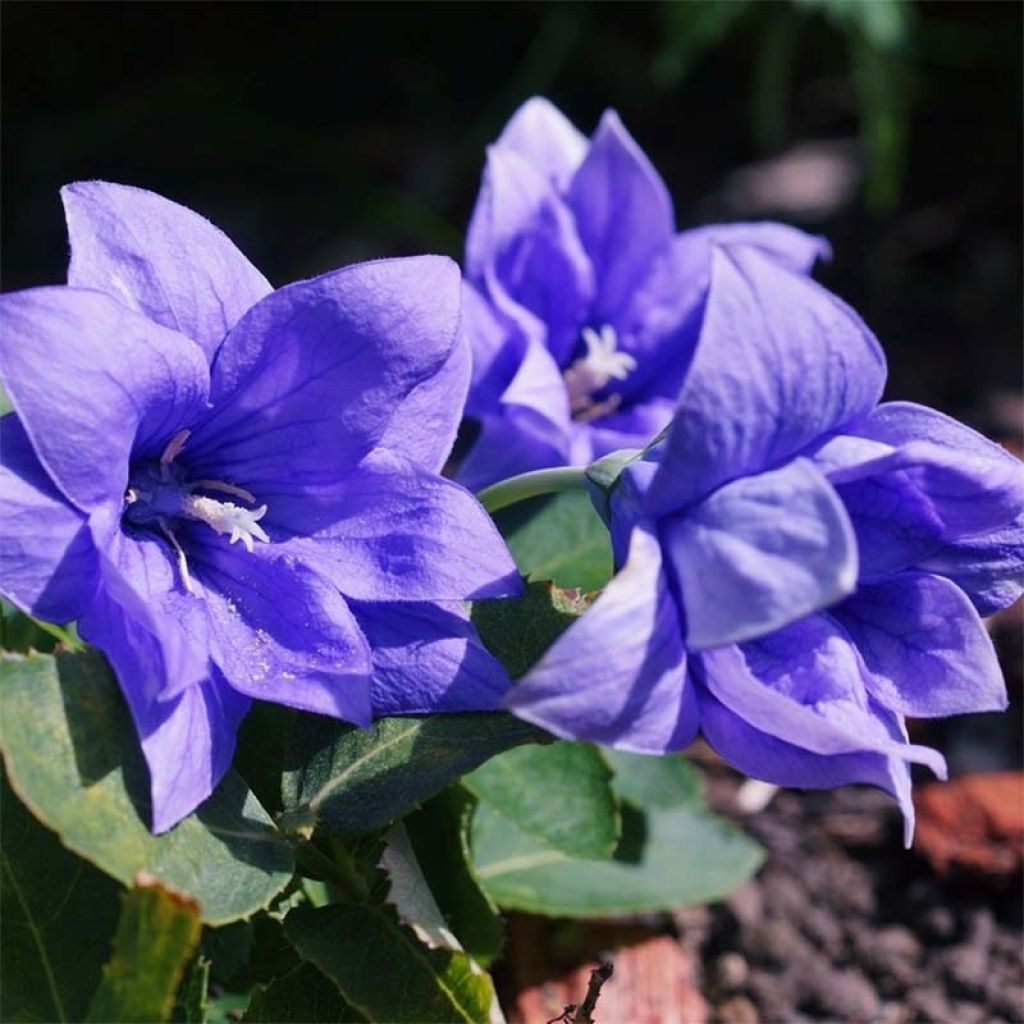

Platycodon grandiflorus Astra Blue en pot de 2/3 L
Platycodon grandiflorus Astra Blue
Platycodon grandiflorus Astra Blue
Balloon Flower, Chinese Bellflower
Ouch ouch ouch... arrived with a brown bronze color, I have serious doubts about proper recovery. I'm planting it anyway but we'll see!
Pasquale06, 14/10/2025
Special offer!
Receive a €20 voucher for any order over €90 (excluding delivery costs, credit notes, and plastic-free options)!
1- Add your favorite plants to your cart.
2- Once you have reached €90, confirm your order (you can even choose the delivery date!).
3- As soon as your order is shipped, you will receive an email containing your voucher code, valid for 3 months (90 days).
Your voucher is unique and can only be used once, for any order with a minimum value of €20, excluding delivery costs.
Can be combined with other current offers, non-divisible and non-refundable.
Home or relay delivery (depending on size and destination)
Schedule delivery date,
and select date in basket
This plant carries a 12 months recovery warranty
More information
We guarantee the quality of our plants for a full growing cycle, and will replace at our expense any plant that fails to recover under normal climatic and planting conditions.

Would this plant suit my garden?
Set up your Plantfit profile →
Description
Platycodon grandiflorus 'Astra Blue' is a new selection of the Japanese bellflower, sometimes called the balloon flower, characterized by a dwarf habit and large and beautiful bright blue-violet flowers. It is an extremely hardy perennial, floriferous and easy to grow in full sun, in any well-drained soil. It produces curious flower buds shaped like small hot air balloons all summer, which open into large star-shaped flowers with wonderfully simple patterns, reminiscent of bellflowers. Sometimes slow to establish, this semi-tuberous plant can be grown in full sun or partial shade, in any well-drained soil that is not too dry.
Platycodon grandiflorus is a plant in the campanula family native to Asia, ranging from China to eastern Siberia, including Japan and Korea. This herbaceous perennial plant grows from a large fibrous root similar to a long turnip, which should not be disturbed once planted.
The 'Astra Blue' variety, shorter than the wild species, emerges quite late in spring. The plant forms a round and dense clump of leafy stems, with an upright and spreading habit, reaching 30cm (12in) in height and diameter. Flowering occurs from June to September, depending on the climate, more abundantly in July-August. The individual flowers develop at the upper part of the stems, in the axils of the leaves. The rounded flower buds, yellow-pink in colour, inflate like small balloons. They open into large campanulate flowers, with a thick texture, star-shaped and 7cm (3in) wide, in a bright blue-mauve colour, beautifully veined with violet. They are visited by pollinating insects and give way to small black round seeds. The foliage is dense, with a matte bluish-green colour, slightly glaucous on the underside. The leaves are opposite on the stems, lanceolate in shape, with irregularly toothed edges. The above-ground parts turn yellow and then take on red hues in autumn, before disappearing in winter. In warm regions, the vegetation dries up after flowering, in summer. Platycodon grandiflorus is deciduous, spending the winter dormant underground. Remember to mark its location to avoid accidental digging.
Hardy and easy to grow, Platycodon grandiflorus 'Astra Blue' thrives in full sun or partial shade, in well-drained, rich and light soils. Plant it in rock gardens, as a border plant or in the background alongside sneezeweeds, Gaillardias, garden marigolds, roses, garden valerians, Phlox paniculata or baby's breath. It also grows well in a deep pot to accommodate its impressive root system, with regular watering. Its large pastel flowers are also beautiful in small wildflower bouquets.
Platycodon grandiflorus Astra Blue in pictures
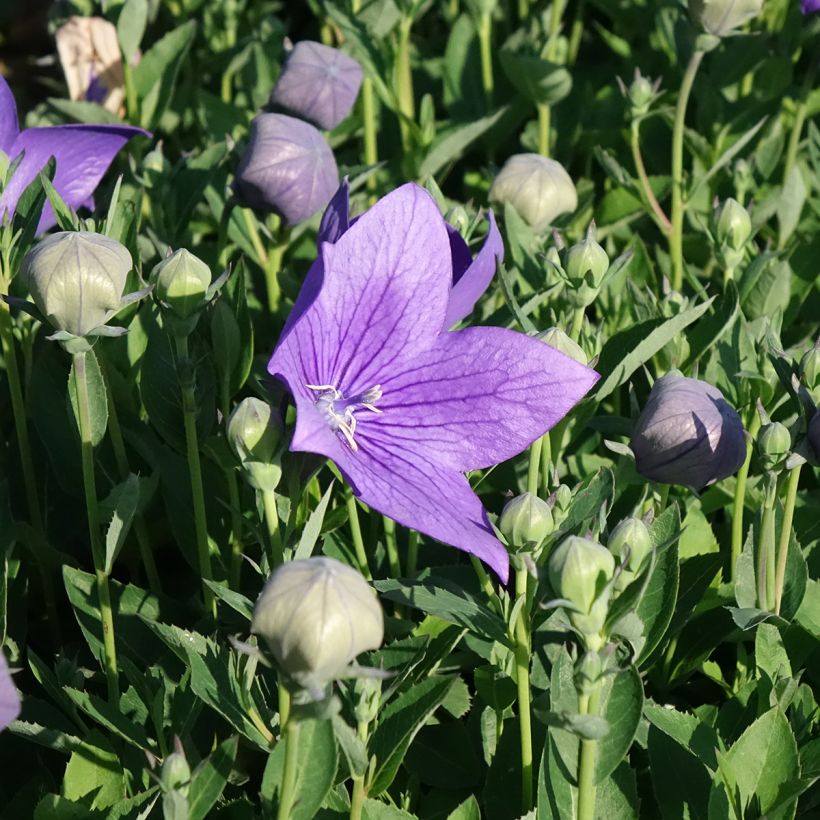

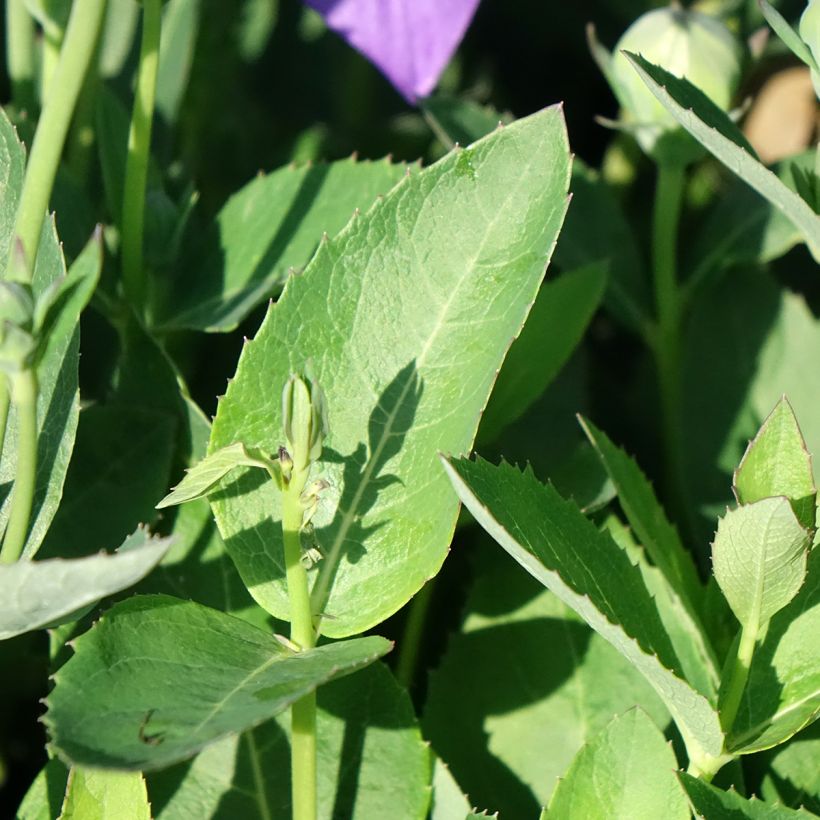

Flowering
Foliage
Plant habit
Botanical data
Platycodon
grandiflorus
Astra Blue
Campanulaceae
Balloon Flower, Chinese Bellflower
Cultivar or hybrid
Planting and care
Easy to grow, Platycodon grandiflorus accepts any good garden soil, deep, permeable, but light and well-drained, as its tuberous root does not appreciate stagnant moisture in winter. In very clayey soil, add at least 1/3 gravel. It enjoys the sun, but partial shade is preferable in hot climates. The plant sometimes takes time to establish itself, as it first develops its extensive root system before flowering. Hardy, it withstands cold very well in healthy soil (up to -20°C (-4°F)) and heat, and lives for a long time in place. Mark the planting location, as the vegetation of this perennial restarts late in spring, and the large tuberous root may suffer from vigorous hoeing in the flower beds.
Planting period
Intended location
Care
Planting & care advice
-
, onOrder confirmed
Reply from on Promesse de fleurs
Similar products
Haven't found what you were looking for?
Hardiness is the lowest winter temperature a plant can endure without suffering serious damage or even dying. However, hardiness is affected by location (a sheltered area, such as a patio), protection (winter cover) and soil type (hardiness is improved by well-drained soil).

Photo Sharing Terms & Conditions
In order to encourage gardeners to interact and share their experiences, Promesse de fleurs offers various media enabling content to be uploaded onto its Site - in particular via the ‘Photo sharing’ module.
The User agrees to refrain from:
- Posting any content that is illegal, prejudicial, insulting, racist, inciteful to hatred, revisionist, contrary to public decency, that infringes on privacy or on the privacy rights of third parties, in particular the publicity rights of persons and goods, intellectual property rights, or the right to privacy.
- Submitting content on behalf of a third party;
- Impersonate the identity of a third party and/or publish any personal information about a third party;
In general, the User undertakes to refrain from any unethical behaviour.
All Content (in particular text, comments, files, images, photos, videos, creative works, etc.), which may be subject to property or intellectual property rights, image or other private rights, shall remain the property of the User, subject to the limited rights granted by the terms of the licence granted by Promesse de fleurs as stated below. Users are at liberty to publish or not to publish such Content on the Site, notably via the ‘Photo Sharing’ facility, and accept that this Content shall be made public and freely accessible, notably on the Internet.
Users further acknowledge, undertake to have ,and guarantee that they hold all necessary rights and permissions to publish such material on the Site, in particular with regard to the legislation in force pertaining to any privacy, property, intellectual property, image, or contractual rights, or rights of any other nature. By publishing such Content on the Site, Users acknowledge accepting full liability as publishers of the Content within the meaning of the law, and grant Promesse de fleurs, free of charge, an inclusive, worldwide licence for the said Content for the entire duration of its publication, including all reproduction, representation, up/downloading, displaying, performing, transmission, and storage rights.
Users also grant permission for their name to be linked to the Content and accept that this link may not always be made available.
By engaging in posting material, Users consent to their Content becoming automatically accessible on the Internet, in particular on other sites and/or blogs and/or web pages of the Promesse de fleurs site, including in particular social pages and the Promesse de fleurs catalogue.
Users may secure the removal of entrusted content free of charge by issuing a simple request via our contact form.
The flowering period indicated on our website applies to countries and regions located in USDA zone 8 (France, the United Kingdom, Ireland, the Netherlands, etc.)
It will vary according to where you live:
- In zones 9 to 10 (Italy, Spain, Greece, etc.), flowering will occur about 2 to 4 weeks earlier.
- In zones 6 to 7 (Germany, Poland, Slovenia, and lower mountainous regions), flowering will be delayed by 2 to 3 weeks.
- In zone 5 (Central Europe, Scandinavia), blooming will be delayed by 3 to 5 weeks.
In temperate climates, pruning of spring-flowering shrubs (forsythia, spireas, etc.) should be done just after flowering.
Pruning of summer-flowering shrubs (Indian Lilac, Perovskia, etc.) can be done in winter or spring.
In cold regions as well as with frost-sensitive plants, avoid pruning too early when severe frosts may still occur.
The planting period indicated on our website applies to countries and regions located in USDA zone 8 (France, United Kingdom, Ireland, Netherlands).
It will vary according to where you live:
- In Mediterranean zones (Marseille, Madrid, Milan, etc.), autumn and winter are the best planting periods.
- In continental zones (Strasbourg, Munich, Vienna, etc.), delay planting by 2 to 3 weeks in spring and bring it forward by 2 to 4 weeks in autumn.
- In mountainous regions (the Alps, Pyrenees, Carpathians, etc.), it is best to plant in late spring (May-June) or late summer (August-September).
The harvesting period indicated on our website applies to countries and regions in USDA zone 8 (France, England, Ireland, the Netherlands).
In colder areas (Scandinavia, Poland, Austria...) fruit and vegetable harvests are likely to be delayed by 3-4 weeks.
In warmer areas (Italy, Spain, Greece, etc.), harvesting will probably take place earlier, depending on weather conditions.
The sowing periods indicated on our website apply to countries and regions within USDA Zone 8 (France, UK, Ireland, Netherlands).
In colder areas (Scandinavia, Poland, Austria...), delay any outdoor sowing by 3-4 weeks, or sow under glass.
In warmer climes (Italy, Spain, Greece, etc.), bring outdoor sowing forward by a few weeks.











































